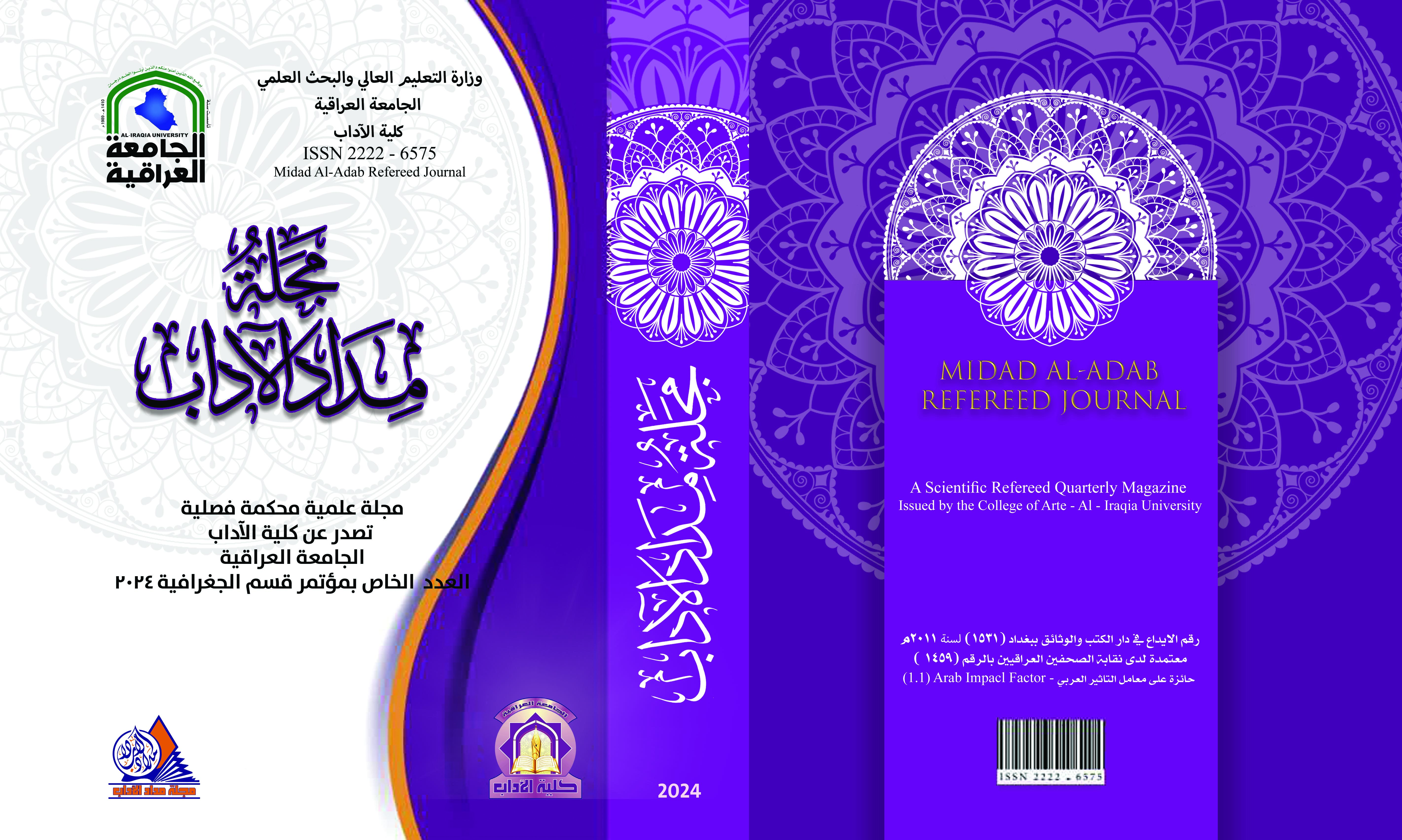Geospatial Applications with AI Land Cover Explorer Maps Sentinel-2(Iraq- Case Study)
DOI:
https://doi.org/10.58564/ma.v14iالعدد%20الخاص%20بمؤتمر%20قسم%20الجغرافية.1419Keywords:
Keywords: Land cover explorer; deep learning; interactive maps; geospatial; GIS.Abstract
Land cover maps (LULC) are an increasingly important tool for decision makers, as geographic technology and training tools have provided more geospatial applications for automated mapping and analysis of geographic data, especially open source. Esri has worked to provide artificial intelligence data with a deep learning approach from (6) Spectral bands to produce maps hosted on the planetary computer to make sustainable land management decisions. Through the interactive Sentinel-2 land cover explorer application supported by (Esri, Impact Observatory, and Microsoft).
The research aims to review the technical characteristics and geospatial tools for drawing maps for time ranges (2017-2022) with a resolution of (10) m, and the (LULC) classification algorithm for pixel units, at a size of (5 km x 5 km), with accurate results of (86%), on the map of Iraq. - A case study - to monitor the change in land cover of nine categories (water, trees, submerged vegetation, crops, built-up area, bare land, snow/ice, clouds, pastures). The most important research tool is the interactive explorer website to display and analyze data and output Maps. The research results revealed the application’s ability to analyze dynamic change, both visually and statistically, by comparing annual segments of data while exploring the map. The data was extracted on a map of Iraq, and the importance of the application was concluded for researchers and decision-makers in extracting data and drawing interactive maps at the present time.
Downloads
Published
Issue
Section
License

This work is licensed under a Creative Commons Attribution-NonCommercial-NoDerivatives 4.0 International License.








